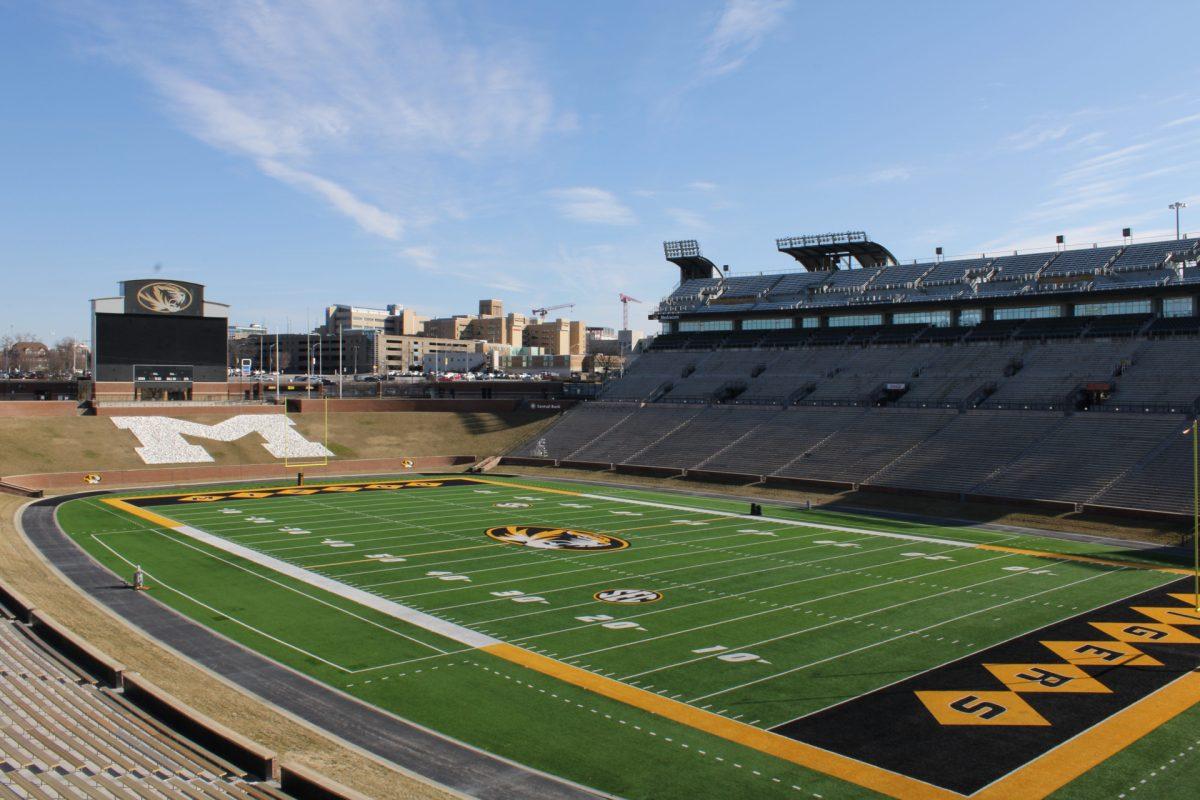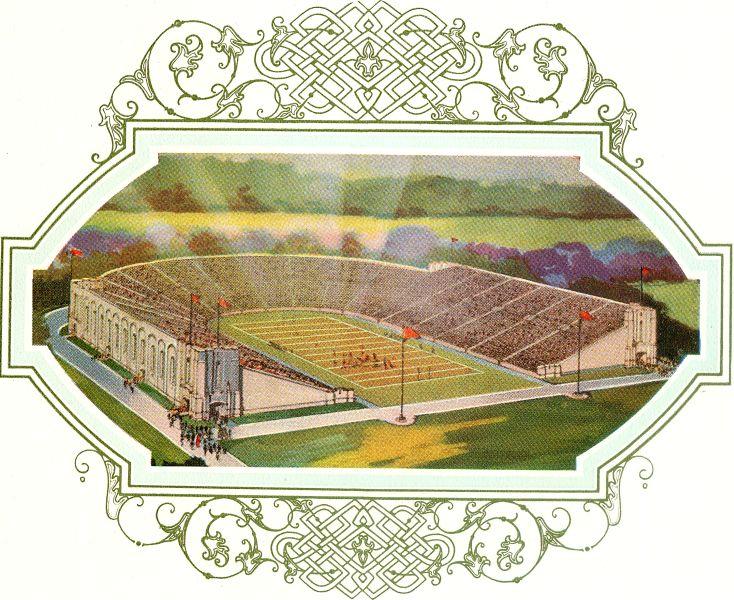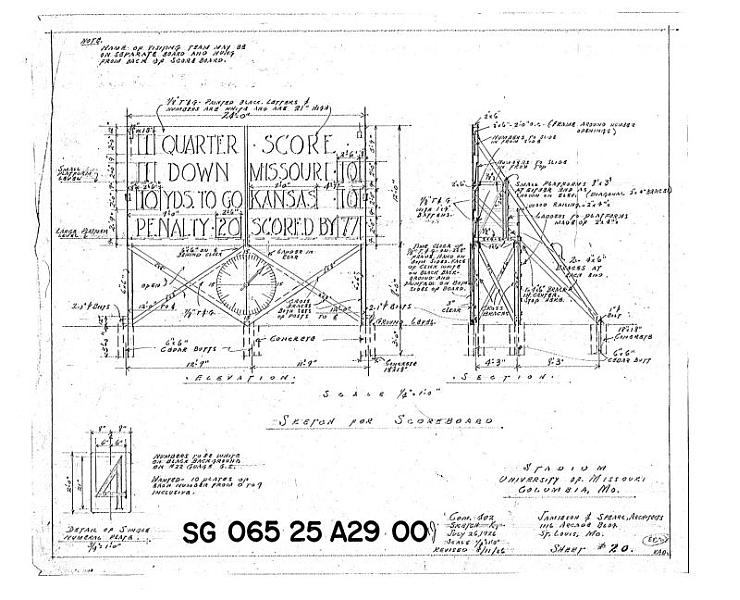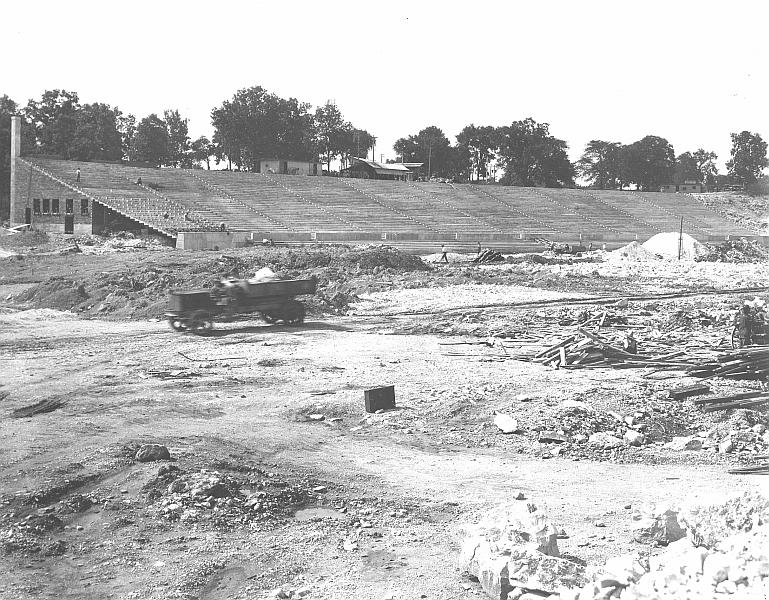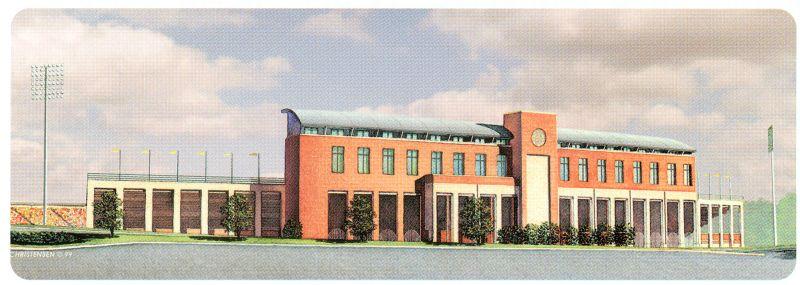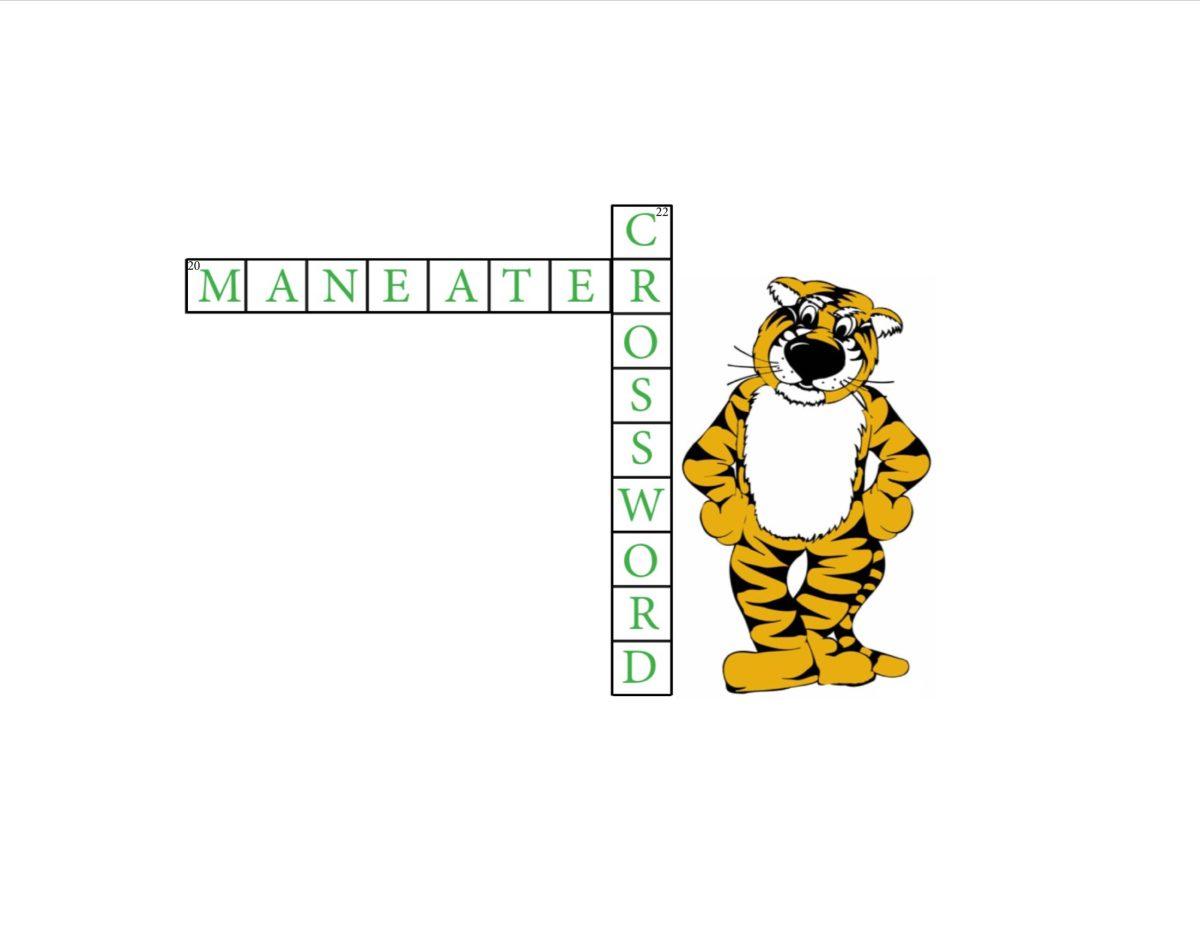Take a nostalgic walk down memory lane with the “Then and Now Column.” This third installment looks at the changes to Memorial Stadium.

Driving through campus, it is hard to miss the lit up, yellow jumbotrons displaying the word “Home,” marking a place where students and alumni spend pivotal moments during their time at MU. From kissing the 50-yard line to annual Homecoming games, Memorial Stadium, also known as Faurot Field, has been the grounds for all Tiger spirit ever since its construction.
Original fundraising for the Memorial Union, as mentioned in “Memorial Union: Then and now,” also included raising money for Memorial Stadium. Both would serve as the “permanent home for Missouri Spirit,” according to the fundraising pamphlet published to inform the MU community about the projects. Similar to the union, Memorial Stadium was named to honor Missourians who fought in World War I.
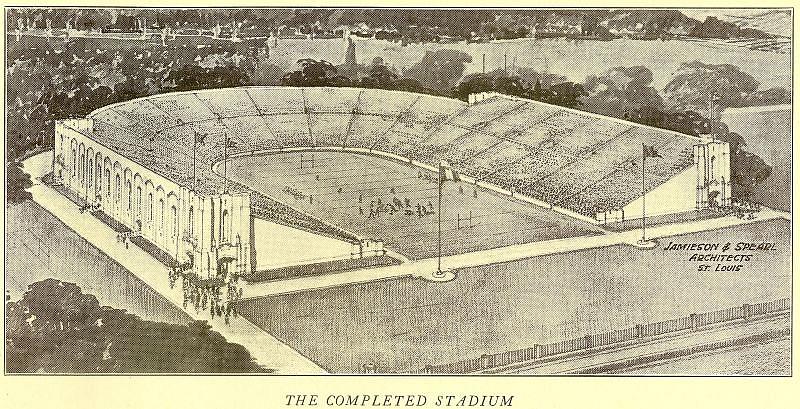
Before Memorial Stadium, Rollins Field served as the location for all sporting events, located where Stankowski Field stands today. The pamphlet noted that Rollins Field could only accommodate 13,000 fans in a game against Kansas. The original plans were to build a stadium with a capacity of 65,000 fans, not far off from the about 61,000 that Memorial Stadium can seat today.
Whether it was the still ongoing Missouri and Kansas rivalry, or the acknowledgement that the stadium needed to grow that spurred the idea, Memorial Stadium began construction in 1925, and opened in October 1926.
One of the most recognizable details in the stadium is the “M” marking the north facing end of the field. In 1927, students gathered stones from the construction of the stadium to create the well known Rock M. Over the years, the “M” has been changed to an “N” or a “K” prior to games against Nebraska and Kansas as pranks.
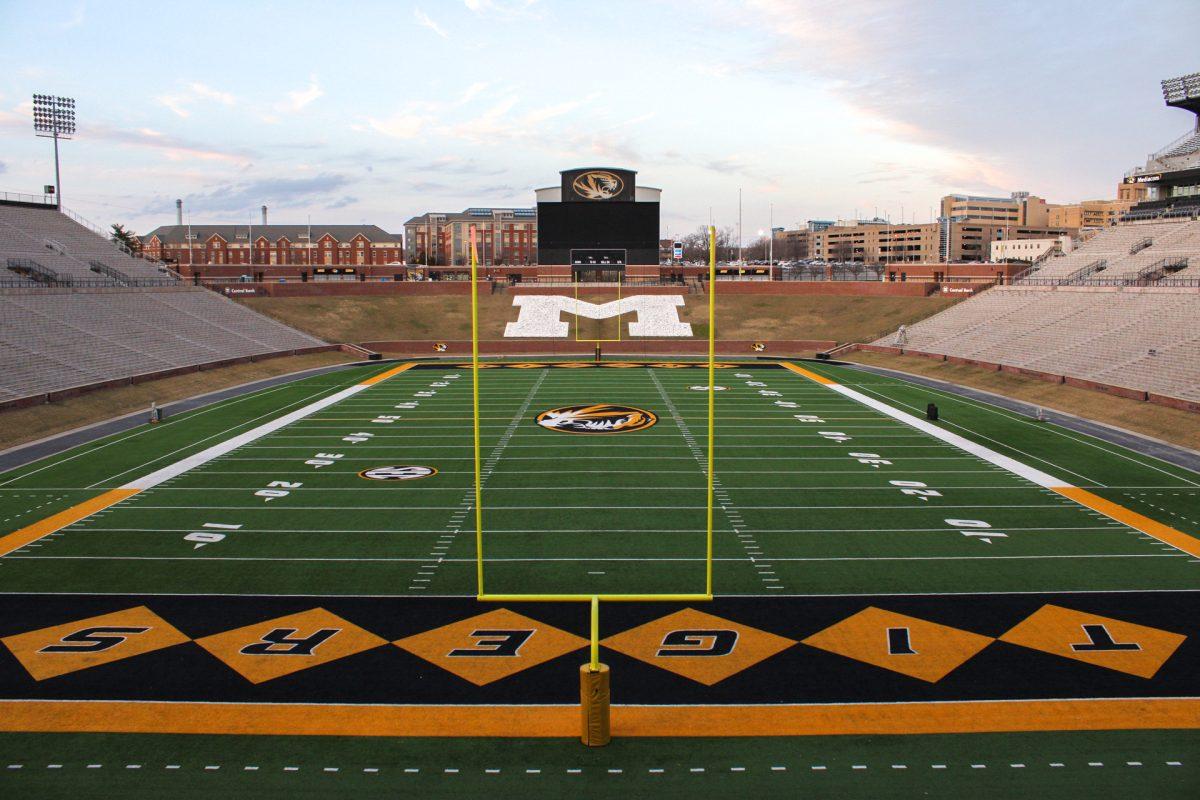
After a couple decades of Memorial Stadium remaining the same, an addition in 1949 to the stands allowed for a larger capacity of ticket holders. Along with more seating, a press box was built above the west bleachers.
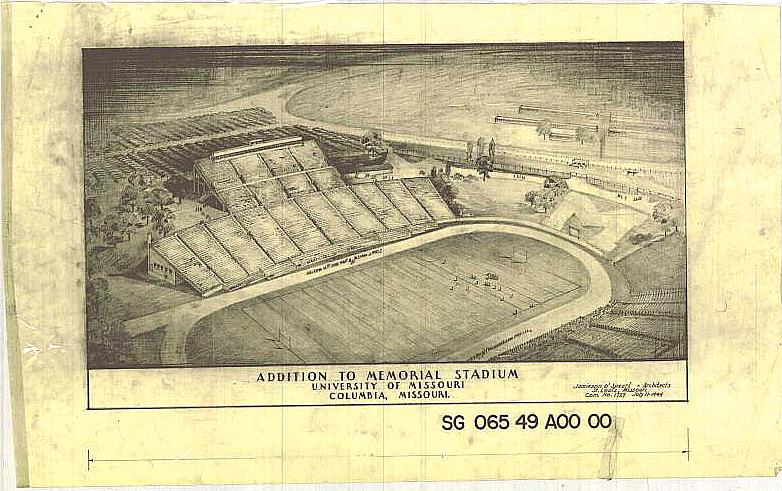
Next, the stadium underwent several additions in the ‘60s. The east and west stands were given small extensions to the bleachers to provide even more seating in 1961. Later in 1963 and again in 1965, the southwest and southeast stands were built. There were plans made to alter the press box in 1967, but the changes were never enacted.
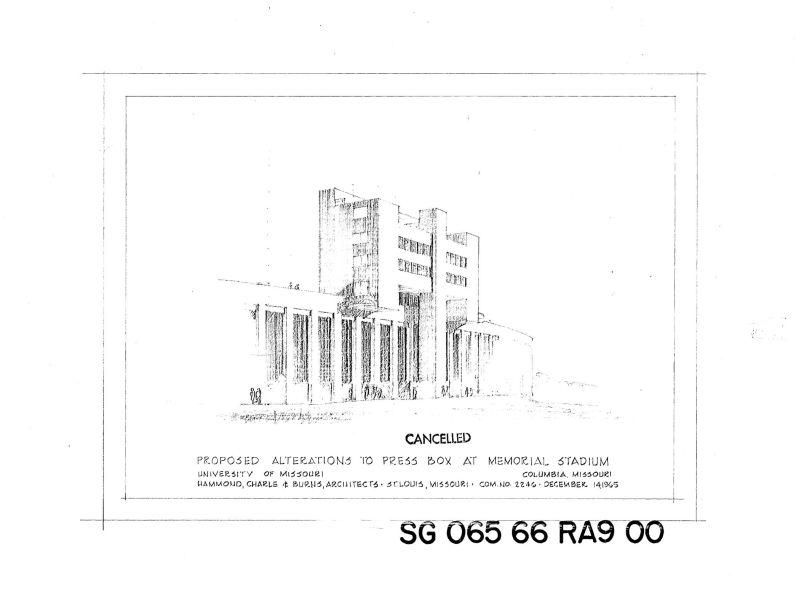
Students today may not have known the stadium as Memorial Stadium, as it is now widely referred to as Faurot Field. But how did it get this new name?
The playing field at Memorial Stadium was named after Don Faurot in 1972. Faurot was head football coach of the Missouri Tigers from 1935 to 1956 and athletic director from 1935 to 1942 and 1946 to 1966. Before coaching, Faurot played baseball, basketball and football as a student at MU. He was inducted into the National Football Foundation Hall of Fame in 1961. Along with the playing field gaining its name in the ‘70s, the south stands were added onto.
The last major construction that took place at the stadium was in 1996, when parts of the stands, press box and surrounding area were demolished, renovated or expanded in a facility upgrade.
In recent years, changes to the stadium have been mostly cosmetic or small additions. The cypress bleachers were replaced with aluminum in 1991 and more recently, in 2021, the turf was replaced for the first time since 2012. The Tiger Deck and the lounge level were added in 2014, but despite these and other minor additions, the stadium has not undergone extensive renovations since the ‘90s.
This coming football season, when you are standing in the student section viewing Memorial Stadium from the bleachers, take a moment to recall the history behind the names and constructions that went into making the stadium the prime location for Tigers to share their school spirit.
Edited by Ever Cole, [email protected]
Copy edited by Shirin Rekabdar-Xavier and Mary Philip


